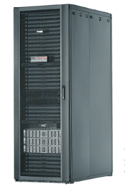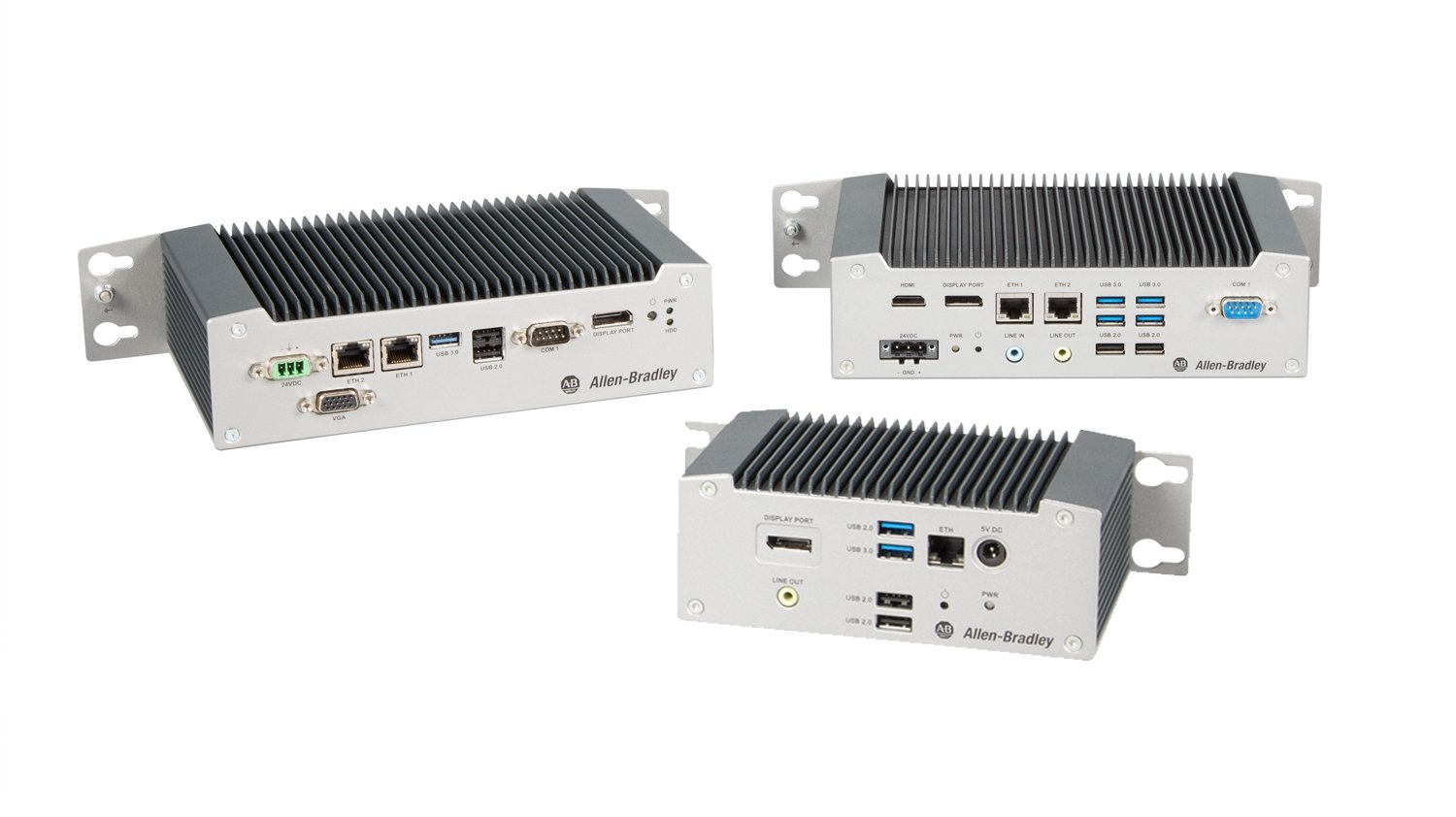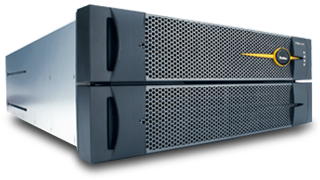Unlock the Benefits of Operational Excellence
In today's digital age, organizations face increasing demands for high availability, reliability, and efficiency in their OT infrastructure. Integrating ftServer technology, Virtualization, and Thin Clients presents a powerful argument for embracing this transformative solution. By combining these components, businesses can unlock many benefits that drive operational excellence, cost savings, security, flexibility, and scalability. Let's explore these advantages in detail to make a strong case for this technology.



- Continuous Operation and High Availability:
ftServer technology, with its redundant hardware components and advanced error detection mechanisms, ensures uninterrupted operation and minimizes downtime. This level of continuous operation is crucial for businesses that rely on the 24/7 availability of their critical systems. By implementing ftServer technology, organizations can maintain productivity, meet customer demands, and avoid costly disruptions that can damage their reputation and bottom line. Combining ftServer technology with virtualization and thin clients amplifies these benefits by providing seamless failover, rapid recovery, and enhanced fault detection and isolation.
- Enhanced Reliability and Fault Tolerance:
By incorporating redundant components and advanced error detection mechanisms, ftServer technology dramatically improves system reliability. It mitigates the risks associated with single points of failure, ensuring that hardware or software issues do not bring down the entire system. This enhances the overall reliability of the infrastructure, providing organizations with the confidence that their critical services and applications will remain accessible to users. By combining ftServer technology with virtualization and thin clients, businesses can achieve enhanced fault tolerance, further reducing the impact of failures and improving overall system resilience.
- Data Protection and Integrity:
Data is the lifeblood of any organization, and safeguarding its integrity and availability is paramount. Ftserver technology prioritizes data protection by employing techniques such as disk mirroring, RAID, and distributed file systems. These features ensure that critical data is redundantly stored across multiple disks or systems, protecting against data loss and enabling quick recovery in the event of a failure. Integrating virtualization and thin clients further strengthens data protection by centralizing data storage and management, reducing the risk of data loss. With centralized control, organizations can enforce robust security measures, including access controls and encryption, ensuring the confidentiality and integrity of their data.
- Scalability and Resource Optimization:
When combined with ftServer technology, virtualization provides organizations with unparalleled scalability and resource optimization. Virtualization allows for consolidating multiple virtual machines (VMs) on a single physical ftServer, maximizing resource utilization and reducing hardware costs. By pooling and dynamically allocating resources, organizations can achieve higher levels of efficiency, making the most of their infrastructure investments. Additionally, integrating ftServer technology ensures that scalability does not compromise fault tolerance. As organizations expand and their computing needs grow, ftServer technology can seamlessly accommodate increased workloads, providing a scalable and resilient environment.
- Simplified Management and Cost Savings:
Combining virtualization and thin clients simplifies system management and reduces operational costs. Thin clients, being lightweight devices, require less maintenance and longer lifecycles than traditional PCs. They consume less power, resulting in energy savings. Centralized management of thin clients allows for streamlined updates, patches, and software installations, minimizing administrative tasks and overhead. Furthermore, using thin clients reduces the complexity of managing individual endpoint devices, providing system administrators with centralized control and ensuring consistent configurations and security policies across the organization. This centralized management, combined with virtualization and ftServer technology, leads to significant cost savings, improved operational efficiency, and reduced Total Cost of Ownership (TCO).
- Flexibility and Remote Accessibility:
Thin clients offer increased flexibility by allowing users to access their applications from anywhere, using any thin client device. This flexibility is especially beneficial for organizations with a remote or mobile workforce and those that require access to these applications from multiple locations. By integrating ftServer technology, organizations can deliver applications securely to thin clients, providing a consistent user experience regardless of the user's location or device. This enables workforce mobility, enhances collaboration, and supports business continuity in the face of disruptive events.
- Rapid Deployment and Scalability:
Thin clients, ftServer technology, and virtualization enable rapid deployment and scalability. Thin clients can be quickly provisioned, reducing the time required to set up new workstations or replace existing devices. Virtualization allows for rapid provisioning of new virtual servers, enabling organizations to scale their infrastructure on demand. Ftserver technology ensures that the increased workload can be seamlessly accommodated, maintaining high availability and reliability. This combination of technologies empowers organizations to respond dynamically to changing business needs, quickly adapt to market demands, and scale their operations without disruptions.
In conclusion, integrating ftServer technology, virtualization, and thin clients offers a compelling argument for organizations seeking to enhance their system infrastructure. The benefits of continuous operation, high availability, enhanced reliability, fault tolerance, data protection and integrity, scalability, resource optimization, simplified management, cost savings, flexibility, remote accessibility, and rapid deployment make this technology trio indispensable in the modern digital landscape. By embracing this transformative technology, businesses can future-proof their infrastructure, drive operational efficiency, improve security, and position themselves for success in a rapidly evolving business environment.
Click the link below to learn more or to speak to an Automation Specialist.


.png)
.png)